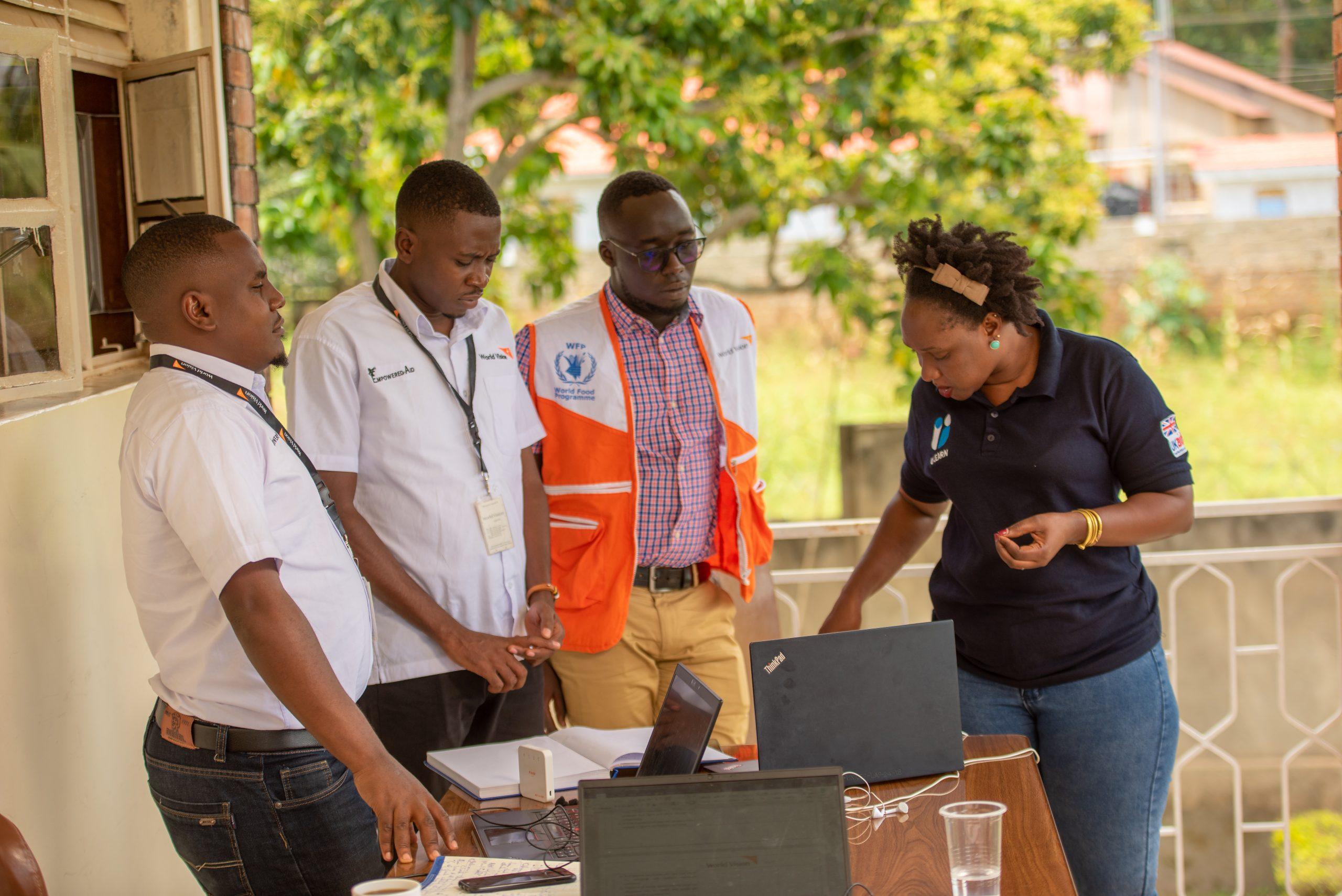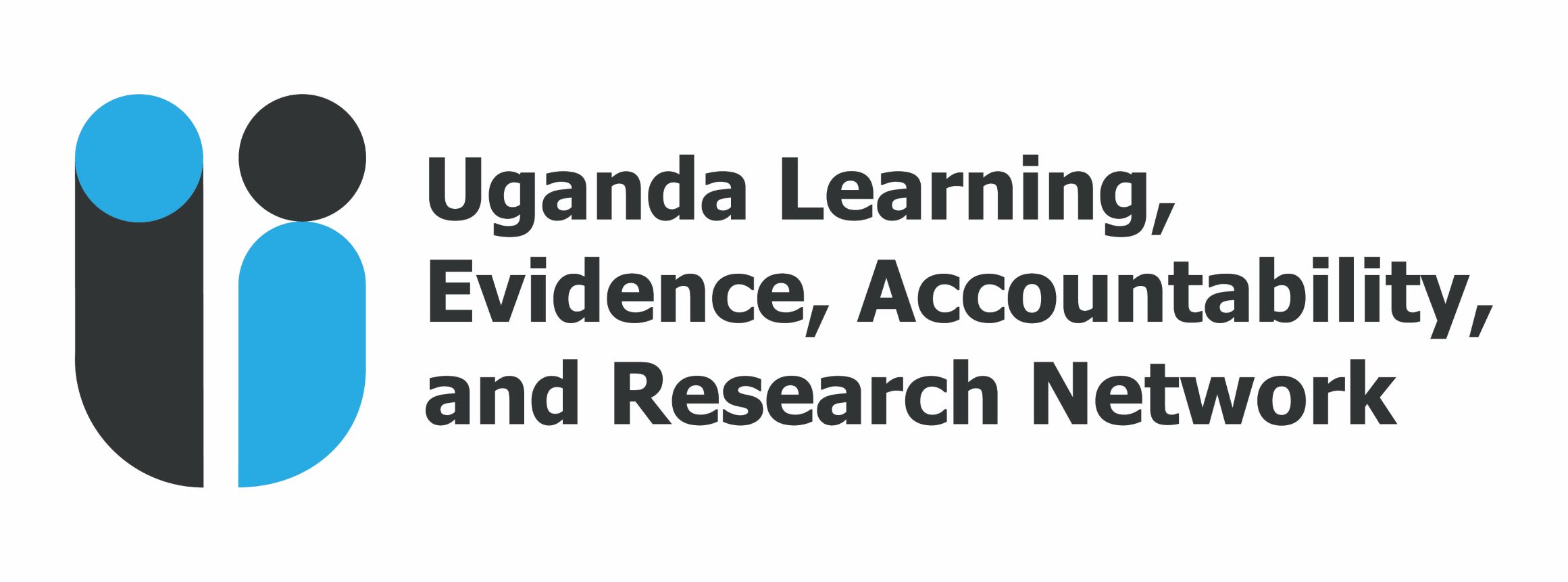
01 Feb AAP Training Recap: Uganda Refugee Response
The Accountability to Affected Populations (AAP) Training Course (organized in collaboration with UNHCR) strengthened refugee response staff knowledge and skills on the core components of AAP. Over 200 participants were trained from 33 NGOs and UN agencies through seven monthly sessions.
Scroll below to look through the various feedback videos from AAP training alumni.
Lydia Ekoru is the Refugee Engagement and Participation Coordinator for Oxfam at the Arua Field Office in Uganda. She was intrigued by the Accountability to Affected Populations (AAP) and decided to be part of the training to gain more knowledge on how to apply AAP in her daily engagements.
“We are glad that AAP came into the picture to keep reminding us to continuously engage the affected persons in what we do…What I learnt from AAP has inspired me to also involve the leaders because we also want them to participate.”
Tryphosa Kwagala Namubiru is the Business Development Manager at Street Child Uganda. She is the child protection officer and also the safe guarding focal person.
“When I was doing one of the safe-guarding trainings for our staff, I fixed in the sessions from the first two sessions of the AAP training we had, and hopefully as we go on, I hope to slot in more sessions to all staff. One word I would use to describe this training is empowering.”
Brain Matsiko is the MEAL officer at World Vision, and oversees the MEAL function in the West Nile region. He and his team joined the training to learn more about building accountability systems at the Child Friendly Space (CFS) level.
“This training alone has had things I had not thought about as an accountability person, and they were made simple and practical and actionable in the work I am doing. As we were setting goals for the new financial year, we had to include Accountability to Affected Populations (AAP) as a Key Performance Indicator for all staff.”
James Edema is the Hub manager for the “We are able” project under ZOA. He talks about how the AAP training gave him knowledge to effectively co-ordinate, monitor and evaluate the program in line with the AAP way of working.
“I feel I have achieved this objective especially in the area of disability inclusion which emphasizes on issues about addressing barriers but also creating enablers for effective participation for persons with disabilities…I have shared the knowledge we have gained from the AAP training with the management and also the staff whom I supervise directly.”
Justine Yikuru is the portfolio coordinator at Goal and looks at the meaningful engagement of young people and different categories of vulnerable communities.
“Looking at the inclusion and participation aspect of the different categories of the young people we work with, I feel we are now better placed to include them intentionally through-out our programs. Coincidentally, when the AAP training started, we were doing a diagnostic market research to be able to have a baseline before implementation, and the knowledge and skills that we got from the AAP sessions and training are the ones that I particularly used to ensure that we are integrating the key concepts of AAP.”


